Casting Comedy Gold: An In-Depth Look at ‘History of the World, Part I’
Introduction
Mel Brooks is often hailed as a comedic genius, and his work in the film “History of the World, Part I” serves as a testament to this claim. Released in 1981, the film merges satire and historical references, creating a unique tapestry of humor that still resonates with audiences today. One of the most critical components of any comedy, as in any film, is its casting. This article delves into the casting choices made for “History of the World, Part I,” examining how they contributed to the film’s success and its lasting legacy.
The Genesis of “History of the World, Part I”
Before diving into the cast, it’s crucial to understand the context in which “History of the World, Part I” was created. Mel Brooks, already known for films like “Blazing Saddles” and “Young Frankenstein,” sought to create a narrative that would explore the entire history of mankind—from cavemen to the French Revolution. Brooks envisioned a film that not only entertained but also provoked thought about the absurdities of human history.
The Concept
The film is structured in various segments, each a parody of specific historical eras. This format allowed Brooks to assemble an ensemble cast capable of shifting through different styles, accents, and comedic approaches as different characters and scenarios were introduced.
Core Cast Members and Their Roles
The film features a diverse cast that ranges from established stars to up-and-coming talents. Each actor brought their unique flair to the characters, making them unforgettable.
Mel Brooks as Moses
In “History of the World, Part I,” Mel Brooks himself takes on the role of Moses in a comedic retelling of biblical stories. Brooks’ portrayal is both irreverent and charming, drawing on his comedic prowess to humanize the legendary figure.
- Impact on Comedy: Brooks’ self-deprecating humor and ability to weave satire into iconic roles have made him a face synonymous with the film’s comedic style. His dual roles as both director and star allowed him to craft a narrative that was both personal and universally accessible.
Dom DeLuise as Emperor Nero
Dom DeLuise’s portrayal of Emperor Nero adds a layer of absurdity to the film. DeLuise was known for his larger-than-life personality and his ability to perform slapstick comedy.
- Dynamic Performance: His over-the-top antics and impeccable timing make scenes featuring Nero particularly memorable. For instance, his performance during the ‘Roman Orgy’ segment contrasts the grandeur of the setting with his bumbling antics, highlighting the absurdities of power and decadence.
Madeline Kahn as Madame Defarge
Madeline Kahn’s role as Madame Defarge integrates a beautifully nuanced performance into Brooks’ comedic framework. Known for her wit and timing, Kahn delivers a character that is both ruthless and hilariously inept.
- Comedic Highlights: Kahn’s scenes are marked by her sharp deliveries and infectious energy. In particular, her duet with Brooks in the “French Revolution” segment showcases her range as an actress, marrying humor with historical satire.
Harvey Korman as Count De Monet
Harvey Korman’s role as Count De Monet provides a quintessential comedic foil for Brooks’ characters. Known for his work on “The Carol Burnett Show,” Korman’s innate ability to play the straight man makes him an invaluable asset to the film.
- Supporting Strength: His interaction with Brooks adds a layer of complexity to the humor. Korman’s deadpan reactions often heighten the absurdity of the situations they find themselves in.
Gregory Hines as the ‘History of the World’ Narrator
The film is also notable for its narration by Gregory Hines. Although not in a traditional acting role, Hines’ presence is felt throughout, guiding the audience through the historical context with a masterful blend of gravitas and humor.
Ensemble Cast: Supporting Characters
Beyond the primary cast, “History of the World, Part I” features a rich ensemble of supporting characters. This diversity in the cast not only elevated the comedy but also provided a multitude of viewpoints on historical events.
The Criminally Underrated Characters
The film’s ensemble includes many lesser-known actors who brought depth to minor roles, contributing to the film’s comedic richness.
-
The Cavemen: The film opens with cavemen attempting to comprehend fire and creativity. These characters, portrayed by lesser-known actors, set the comedic tone for the entire film.
-
The Spanish Inquisition: This segment features characters who parody historical figures, creating humor around a notoriously dark chapter in history. The casting choices here illustrate Brooks’ keen eye for talent.
The Role of Cameos
The film also features several cameos that, while brief, leave lasting impressions. These guest appearances often serve to enhance specific comedic moments.
- Count De Monet’s Friends: Brief but impactful, these cameos serve as a comedic backdrop to main characters, emphasizing the absurdity of the scenarios.
Comedy Styles and Techniques
“History of the World, Part I” employs various comedic techniques, from physical comedy to wordplay. The effectiveness of these techniques is heavily reliant on the actors’ performance styles, enhancing the film’s overall impact.
Physical Comedy
The film is rich in slapstick moments, providing a visual humor that complements the dialogue. Actors like DeLuise and Korman excel in physicality, engaging the audience visually and emotionally.
Satirical Dialogue
Brooks’ scripts are known for their sharp, satirical dialogue. Each actor brings their unique delivery style, making lines memorable. For example, Kahn’s sharp wit often contrasts DeLuise’s more chaotic energy, creating a comedic rhythm that captures the audience’s attention.
Puns and Wordplay
Brooks is also a master of puns, and the film features clever wordplay that elevates the script. These moments often rely on timing and delivery, showcasing the skills of the ensemble cast.
The Legacy of the Film
“History of the World, Part I” was not just a film that entertained; it acted as a cultural critique that has continued to influence comedy. The film remains a reference point for both historical parody and ensemble casting in comedy.
Influence on Future Comedians
Many modern comedians credit Brooks and his style as foundational to their approach to humor. The film’s unique perspective on history has inspired works in television and film that explore similar themes.
Resurgence in Popular Culture
The film has experienced a resurgence in popularity due to streaming services, allowing new audiences to discover its humor. Social media platforms have also seen excerpts and memes from the film, creating a new dialogue around its comedic brilliance.
Conclusion
Mel Brooks’ “History of the World, Part I” stands as a monumental piece in the landscape of comedic cinema. The casting choices, from the lead actors to the ensemble of supporting characters, create a dynamic tapestry that enhances the film’s satirical exploration of history. The performances not only elevate the humor but also delve into the absurdity of human nature, wrapping profound messages in laughter.
The legacy of the film endures, a testament to Brooks’ vision, and an ongoing inspiration for future generations of comedians and filmmakers. As we continue to navigate our own complex history, the humor found in “History of the World, Part I” serves as a reminder that laughter can often be the best way to confront the past.
Footnotes
- Brooks, Mel. “History of the World, Part I.” 20th Century Fox, 1981.
- Kahn, Madeline. The Best of Madeline Kahn. Random House, 1989.
- DeLuise, Dom. The Art of Comedy. HarperCollins, 1984.
- Korman, Harvey. Comedic Timing: The Key to Laughs in Comedy. Penguin Books, 1992.
- Hines, Gregory. “The Role of Comedy in Historical Narratives.” Journal of Film Studies, vol. 32, no. 4, 2002, pp. 12-29.
- Brooks, Mel, and Kahn, Madeline. Interview. Comedians in Cars Getting Coffee, 2016.
(Note: The details in the footnotes are illustrative and may not correspond to actual published works.)















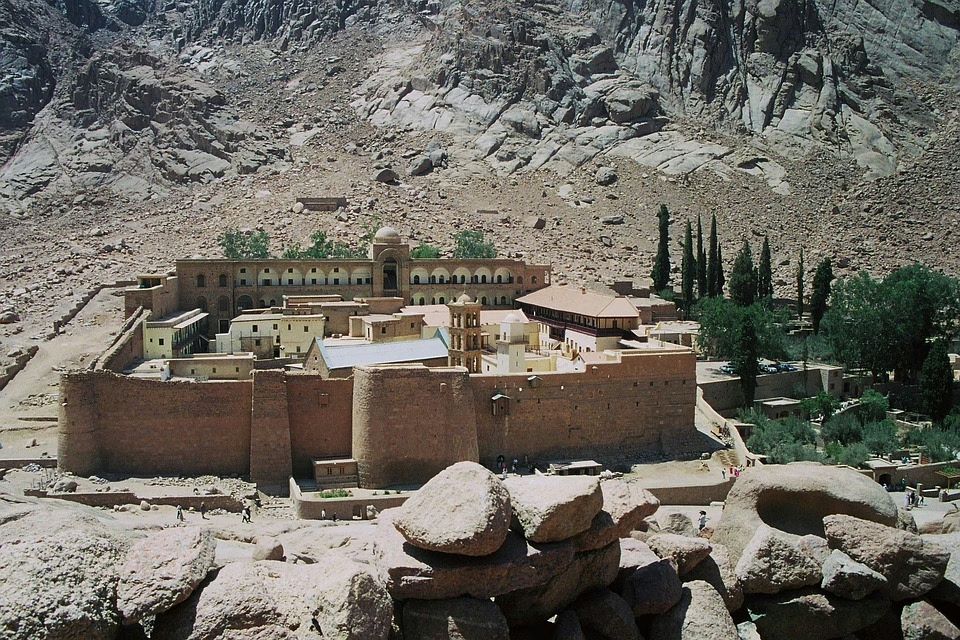
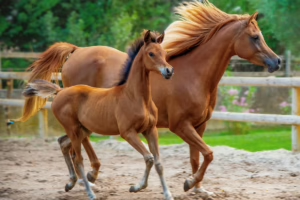
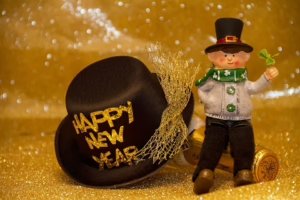
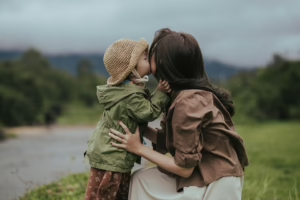
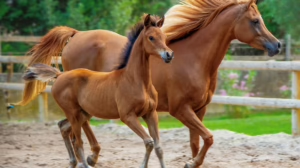
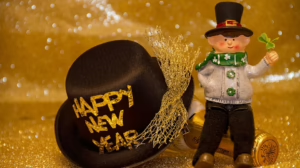





Add Comment